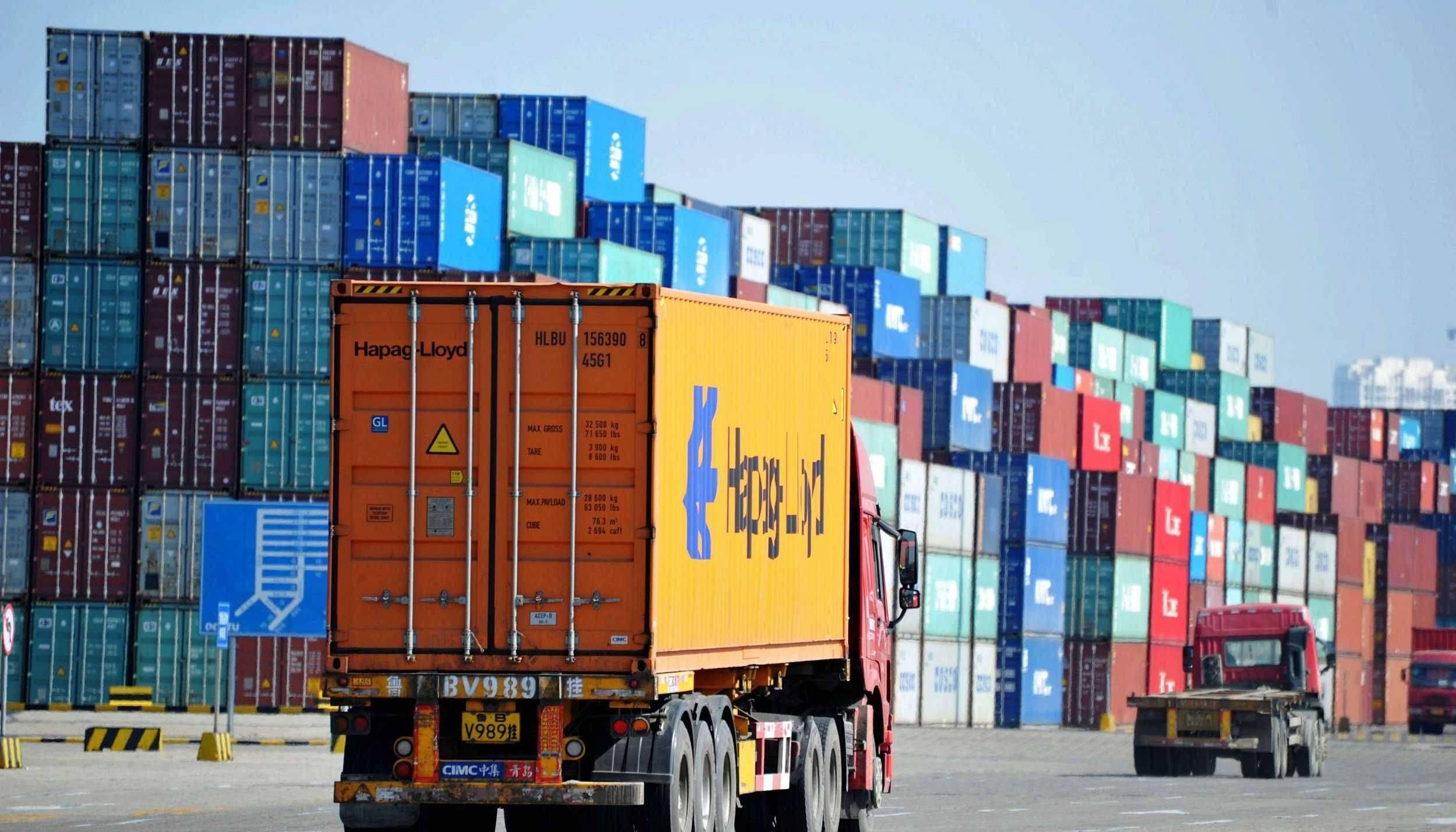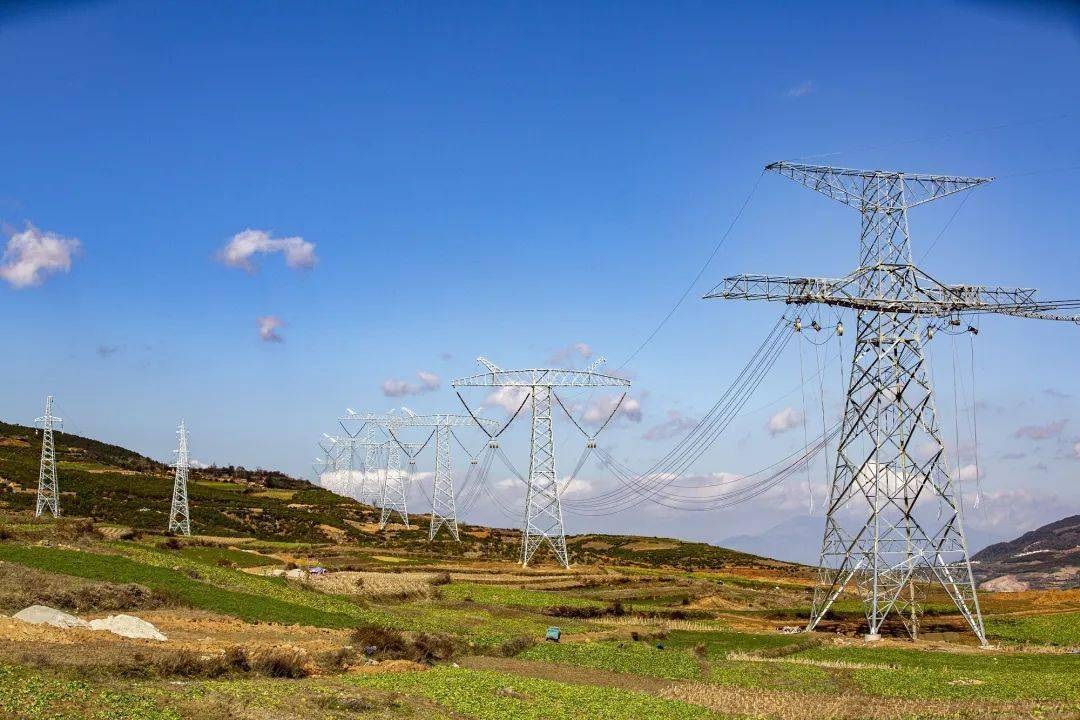
In 2025, the dark cloud of the United States' imposition of "reciprocal tariffs" on Southeast Asian countries continues to loom. Major economies such as Vietnam, Thailand, and Malaysia are facing multiple pressures, including export disruptions, investment outflows, and financial market turmoil. Against this backdrop, governments in Southeast Asian countries have rolled out a series of economic stimulus policies in quick succession, attempting to find a way out amid the globalization backlash through measures such as domestic demand stimulation, industrial upgrading, and regional cooperation.
I. Export Rush and Tariff Negotiations: A Short-Term Buffer Strategy
In the face of uncertainties surrounding U.S. tariff policies, Southeast Asian enterprises and governments have adopted a "front-loading" strategy for exports. Data shows that from January to October 2025, Vietnam's exports to the U.S. surged by 24.2%, with electronics exports increasing by 26.1% year-on-year. In October, Thailand's exports of electronic components to the U.S. soared by 30%, hitting a new single-month record. Malaysia also saw a 19.2% growth in its exports to the U.S. This short-term surge is driven by a combination of U.S. importers stocking up in advance to avoid tariffs and Southeast Asian enterprises accelerating inventory clearance. However, this strategy is unsustainable. A PwC report points out that after the export rush by enterprises, order growth rates have shown signs of fatigue in the fourth quarter, with some electronics companies experiencing a 15% month-on-month decline in order volumes.
Meanwhile, Southeast Asian countries are striving for tariff exemptions through bilateral negotiations. Following a phone call between the Vietnamese Prime Minister and Trump, the two sides plan to meet to discuss tariff exemptions. As the rotating chair of ASEAN, Indonesia has organized a special meeting of economic ministers, calling on member states to jointly pressure the U.S. Despite being subject to only a 10% tariff increase, Singapore has criticized the U.S.'s "reciprocal tariff" policy for undermining the WTO framework. These diplomatic efforts, while not completely reversing the situation, have secured a buffer period for some industries.
II. Domestic Demand Stimulation and Industrial Upgrading: Long-Term Structural Reforms
To reduce reliance on exports, many Southeast Asian countries are shifting towards domestic demand-driven growth. Indonesia plans to launch an economic stimulus package in June, aiming to boost purchasing power through measures such as consumer vouchers and tax cuts, with the goal of increasing the second-quarter economic growth rate to 5%. The Bank of Thailand has cut interest rates to 2.25% and introduced a 40 million ringgit e-voucher program to encourage online shopping. Although Malaysia has maintained its benchmark interest rate, it has relaxed lending conditions for small and medium-sized enterprises (SMEs) to promote the digital transformation of the manufacturing sector.
Industrial upgrading has become another core strategy. The Indonesian President has announced the implementation of structural reforms to deregulate policies and attract investments in high-value-added industries such as semiconductors and new energy vehicles. Thailand is promoting the construction of the "Eastern Economic Corridor" to attract enterprises like Tesla and Foxconn to invest in the electric vehicle industry chain. Vietnam has adopted the "2030 Digital Economy Strategy," aiming to increase the share of the digital economy to 30%. The World Bank report predicts that the digital economy in Southeast Asia will reach $300 billion in 2025, with e-commerce, fintech, and other sectors emerging as new growth points.
III. Regional Cooperation and Global Industrial Chain Reconfiguration
In the face of U.S. unilateralism, Southeast Asian countries are accelerating regional integration. ASEAN has signed the "Digital Economy Framework Agreement" to promote the unification of rules for cross-border QR code payments and data flows. Within the RCEP framework, member states have achieved a 90% tariff reduction, and simplified rules of origin have facilitated regional supply chain integration. Cross-border e-commerce cooperation between China and ASEAN stands out particularly. The China-Thailand Digital Free Trade Zone has reduced the fulfillment time from 10 days to 3 days, while the China-Indonesia Cross-border E-commerce Industrial Park provides one-stop services such as warehousing and logistics.
In the global industrial chain reconfiguration, Southeast Asia is attempting to transform from a "cost center" to an "innovation hub." Research by the National University of Singapore shows that R&D investment by Southeast Asian enterprises has grown by an average of 12% annually, with a surge in the number of patents in fields such as artificial intelligence and green energy. However, challenges remain嚴峻. Issues such as insufficient risk awareness among SMEs, ambiguous rules of origin, and a shortage of talents are constraining the pace of transformation.
IV. Challenges and Prospects: Seeking Opportunities Amid Adversity
Despite the initial success of policy adjustments, Southeast Asian economies still face multiple challenges. The World Bank predicts that ASEAN's economic growth will slow to 4.0% in 2025, lower than previously expected. External variables such as the pace of the Federal Reserve's interest rate cuts, the outcome of the U.S. elections, and geopolitical conflicts may further exacerbate uncertainties.
Yet, amid crises lie opportunities. Southeast Asia's advantages in labor costs, a young population structure, and the potential of the digital economy still make it an important destination for global capital. Liao Shuping from the Bank of China Institute pointed out that if Southeast Asian countries can deepen regional cooperation and enhance innovation capabilities, they may secure a higher position in the reshaping of the global industrial chain. As ASEAN Secretary-General Kao Kim Hourn stated, "The digital economy and green transformation are not just tools to cope with crises but also the engines for Southeast Asia's future development." In this tariff storm, Southeast Asia's path to breaking through may reshape the geographical landscape of the global economy.

報告顯示,中國電力投資加速增長,預計2024年電網基建投資將超過5300億元。
近日,市場迎來了一則引人注目的消息:工業巨頭3M公司(MMM.N)在本周五公布了其季度業績報告,隨後股價飆升至近兩年來的
最近,外媒給OpenAI算了筆賬,今年可能要血虧50億美元。
近日,巴黎奧運會和世界鐵人三項協會聯合發布了一項重大決定,宣布因塞納河水質污染問題,原定於近期進行的奧運會鐵人三項首次下
當地時間7月18日,法國巴黎發生了一起令人震驚的持刀襲警事件。
近期,一則重大消息在國際舞臺上引起軒然大波,馬來西亞宣布加入金磚國家。
調查發現,互聯網和智能手機的使用幹擾了韓國近五分之一學生的生活。